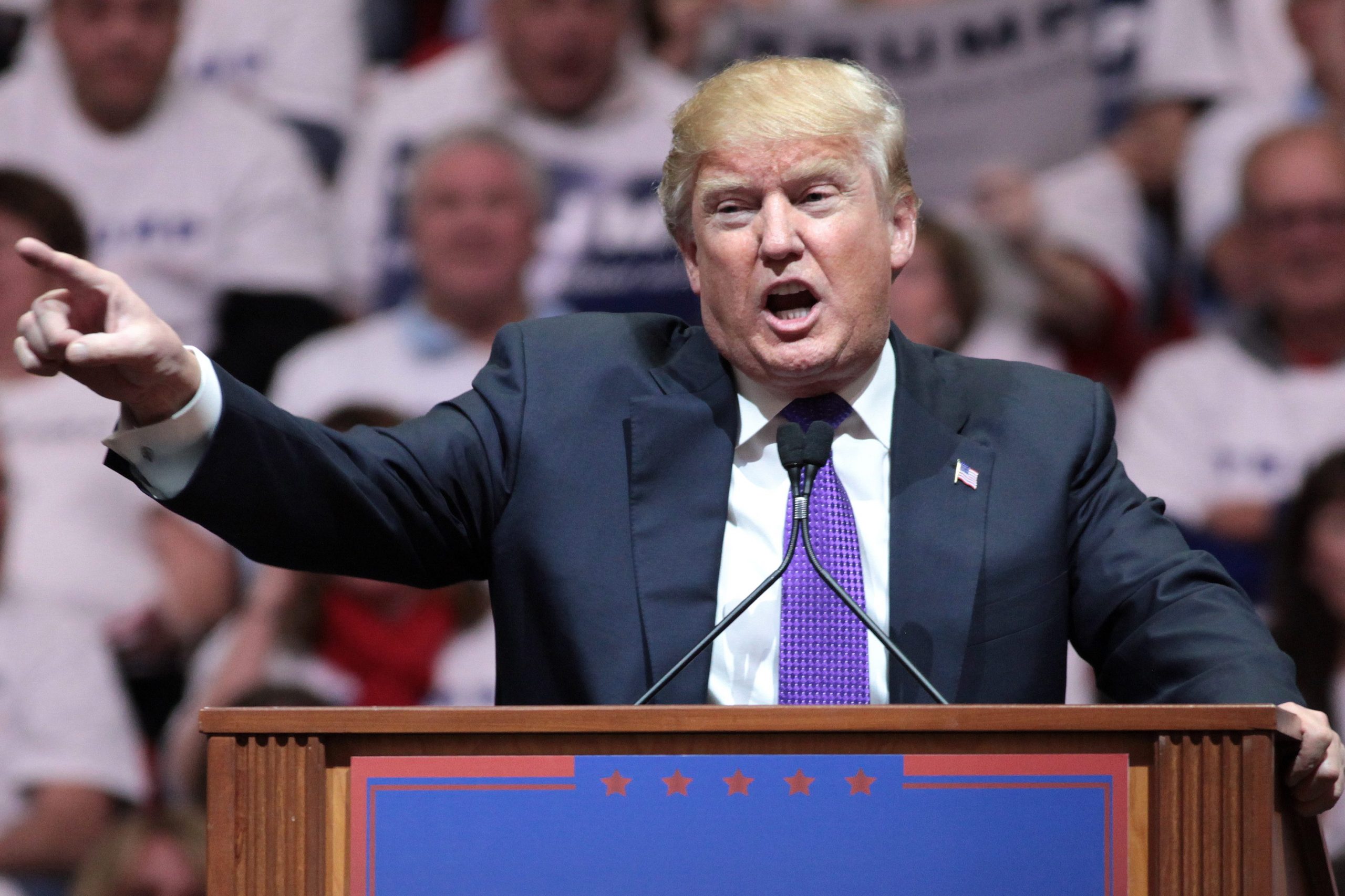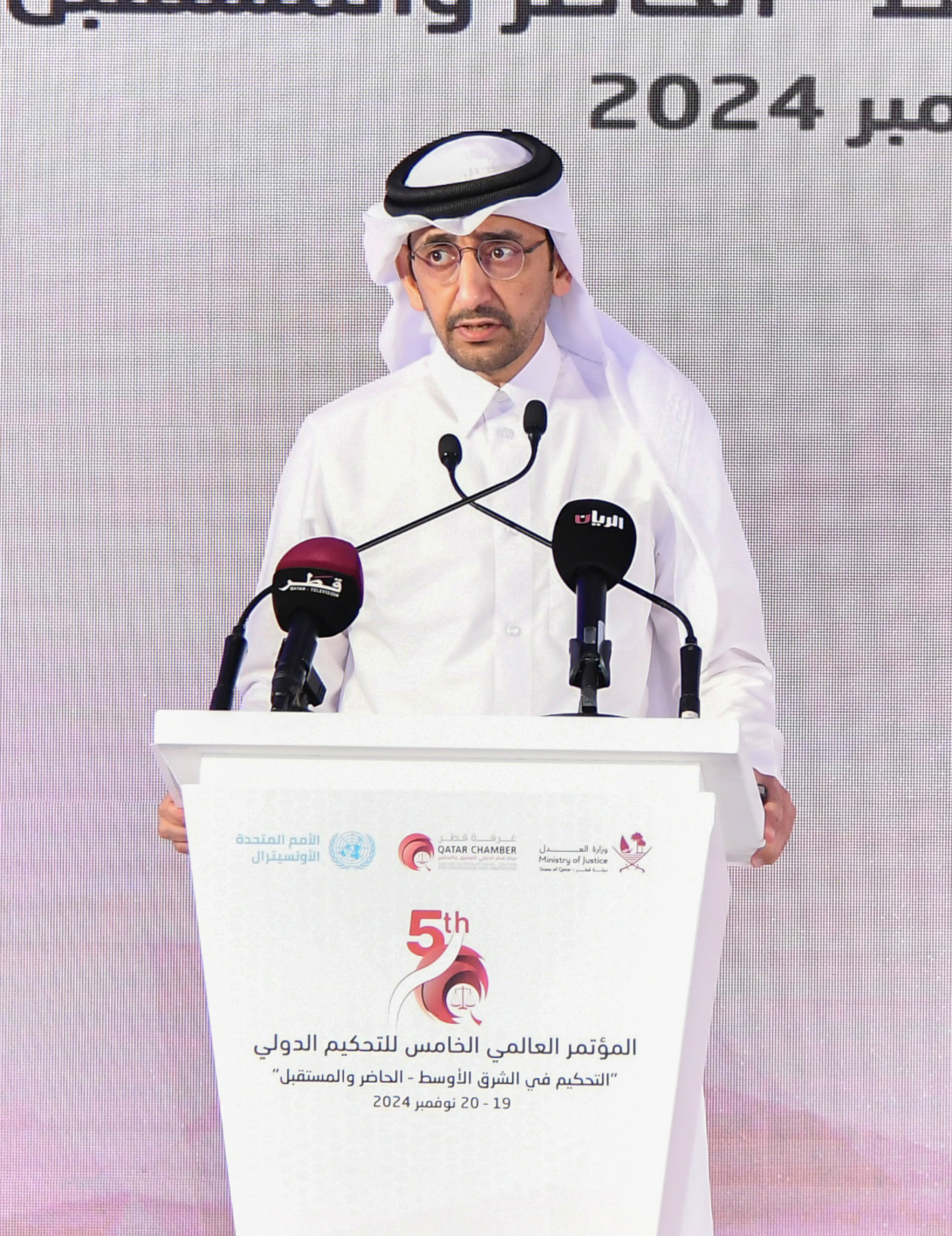The service is expected to launch in the first quarter of 2022
Last year, Donald Trump teased his social network Truth Social following a permanent social media ban. It’s being promoted as a platform that encourages freedom of speech and avoids censorship from media that “has swung dangerously far to the left”.
The beta version of Truth Social was made available to a few users in November, with plans for a public launch early next year.
In a press release announcing the newly raised capital, the controversial former US president said the “$1 billion sends an important message to Big Tech that censorship and political discrimination must end”.
While Trump celebrates that his plans to attract right-wing users to his platform are on track, it offers us a glimpse of a further divided future.
Why build another social network?
Trump, and the right-wing population, particularly in the US, have opposed tech companies for many years. During his presidency, he repeatedly called Twitter out by -ironically- tweeting against it. He also spoke out against mainstream media and other social networks.
Trump primarily accused social media companies of suppressing right-wing posts for their own agenda. Whether or not his claims are valid depends on who you ask. There are, however, some instances that support those claims.
An example of this occurred in the weeks leading up to the 2020 US presidential elections.
The NYPost published an article containing information from Hunter Biden’s laptop, which was legally obtained after Joe Biden’s son left it at a repair shop.
The report criticised Joe Biden, using emails from the computer to back some of the accusations. Within hours, Facebook limited the visibility of posts containing links to the article, and Twitter completely banned any tweet containing the article’s URL.
Many on the right and some on the left criticised how the social media companies handled this incident. This included then-CEO Jack Dorsey, who tweeted that it was “unacceptable”.

While incidents such as this exist, there are also times when the suppression was more warranted. In January 2021, Trump incited an attack on the US Capitol after losing the presidential elections in the country. This resulted in him receiving a permanent ban from almost all social media platforms.
It’s hard to quantify the number of times social networks have unfairly censored users on each side of the political spectrum, and it’s even harder to prove (or disprove) the existence of bias in moderation. However, the former president seems to have confidence in his ability to rally up his supporters and move them to his platform when it does become available.
Competing with right-wing platforms
When Twitter banned Trump from using the app, some users switched to right-wing social networks. The two most prominent services are Gab and Parler. Both have tried and failed to attract Trump to their apps, leading him to launch his own competing service.
In February, Gab’s CEO blamed Trump’s advisor Jared Kushner for preventing his father-in-law from using Gab. Since Trump hasn’t joined the service himself, Gab runs a verified account to publish posts on behalf of the former president. The posts are an archive of statements Trump has published on other websites and via email updates to his supporters.
Parler tried to get Trump on board the app, offering him a 40% share of revenues if he agrees to join. However, according to Michael Wolff’s book, Trump also wanted Parler to ban those that oppose him from the app. Ironically, this contradicts the free speech sentiment that he’s been preaching. Parler refused the terms of the deal.
If Trump simply wanted the opportunity to speak freely, he would’ve partnered with either Gab or Parler to pursue his goal. However, it seems that the former president believes that his name brings more to the table than those competitors can. With $1 billion raised in investment so far, it seems likely that Truth Social may crush its other right-wing competitors.
Commercialising space: Should private companies take control of outer space?
Should we have a right-wing social media platform?
People match Donald Trump’s excitement for his own social media platform in politics’ right and left wings. Those on the right want to feel heard and supported by those sharing similar views. Meanwhile, those on the left would like to free their platforms from opinions they strongly disagree with.
As a result, we’re creating a more clear digital divide that separate people based on political ideologies. This further emphasises the “echo chamber” phenomenon, where people often hear their opinions echoed back to them online due to content recommendation algorithms.
An echo chamber comes with severe harm to a well-functioning democracy. Rather than forming our own ideas, we may find that our surroundings shape our opinions. It also makes it less likely for people’s views to be challenged as their environment generally shares the same beliefs.
We need to encourage more conversations between people who disagree, regardless of how uncomfortable such discussions may be. A social media platform that engages only one side of the political spectrum will make such crucial conversations even less likely to take place.
Social media is meant to connect us with family, friends, and others across the globe. Our phones have access to the world’s knowledge, but social media’s algorithms dictate that we only ever get exposed to information that aligns with our views. It’s a shame that these devices can educate us on other opinions, but instead, without us ever getting a choice, they’re used to build walls between us.
It may be the case that Donald Trump’s Truth Social app encourages better conversations regardless of political opinion. However, since he tried to silence his opposition on Parler, Truth Social is likely another step towards political separation. And he just raised $1 billion to do that.
Follow Doha News on Twitter, Instagram, Facebook and Youtube







